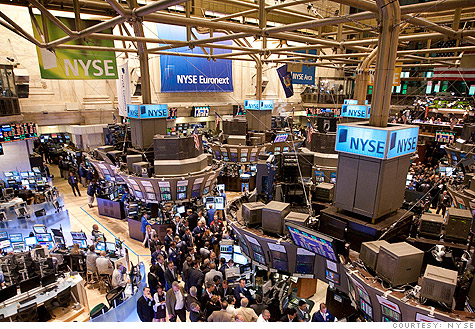As the New Year beckons, investors are evaluating where to put their money.
The huge rally in U.S. stocks in 2013 is probably behind us, but Peter Cardillo, Chief Market Economist for Rockwell Global Capital said that equities still have room to grow as the economy gets stronger. “I don’t think we’ll have the strength of the market that we saw back in 2013. Obviously the Fed has now embarked on reducing their stimulus program, so that will dry up some of the excess money flowing into the market but I think it will still be a good year for stocks,” he said.
2014 CROSS WINDS
There is much for investors to consider: growing economies in the U.S. and Europe, a shift in China’s economic policies, record highs for the Dow Industrials and S&P 500, big losses in gold, high oil prices, a stronger dollar, and falling bond prices.
EUROPE AND CHINA
Meantime, Europe seems to be pulling out of its deep troubles and may provide some nice surprises in 2014 with gains of 12 percent to 14 percent.

Chief Economist Anthony Chan of JP Morgan’s Chase Private Client group said, “In the new year you have to focus on the fact that the European economy is improving and most importantly that they’re getting a lot of support from the Central Bank and of course government policy makers.”
Many strategists say Emerging Markets are the key investment in Asia, but China, the world’s second largest economy, will stimulate growth by focusing on its own consumers. Chan said, “For the global economy it will do a lot. It will generate a lot better outcome because there will be a lot of greater demand for a huge economy like the Chinese economy from the rest of the world.”
WATCHING THE FED
On the credit side of the equation investors are watching the Federal Reserve’s decision to taper its massive bond-buying program.

That means investors are likely to consider shorter-term bond instruments that are less vulnerable to rising interest rates. And, as the U.S. and Europe show more signs of recovery, 2014 may turn out to be the year of the investor.

